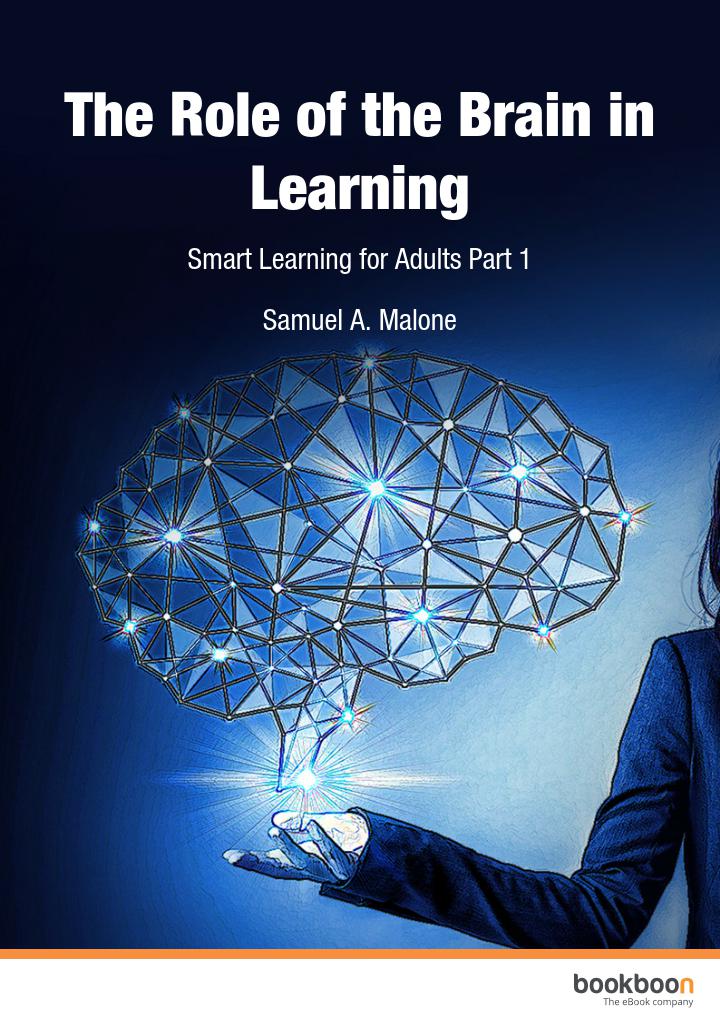Logical Thinking: How to use your brain to your advantage

Logical thinking! You might have heard that phrase a couple of times before, but do you really know what it implies? Logical thinking is to think on the basis of knowledge, what we know, and certainties, what we can prove. The past two centuries have witnessed an unparalleled reliance on the logical approach to thinking. It is the basis on which modern technology is founded. But the flaw in logical thinking is that it relies on the conscious brain and this is the most limited and vulnerable part of our thinking.
Left Brain Thinking
Logical thinking is the part of the brain that relates to its left-hand side (“l” for “left” and “l” for “logical”). It was Professor Roger Sperry of the University of California who discovered that different sides of the brain were responsible for different functions. He discovered that the left-brain…
- governs the right side of the body
- governs the right field of vision
- deals with input sequentially
- perceives the parts more than the whole
- perceives time
- is the seat of verbal skills at the seat of logical and analytical thinking
- sets goals, plans and reviews: the managerial mind
- formulates evocative language
The left side of the brain is the chattering mind, thriving on, but limited by, information.
Right Brain Thinking
Just as he explained the workings of the logical, left-sided brain, so Roger Sperry also discovered that the right-hand side is responsible for romantic types of thinking (“r” for “romantic” and “right-sided”). In contrast to the left, he discovered that the right brain…
- governs the left side of the body
- governs the left field of vision
- deals with inputs simultaneously
- perceives the whole more than the parts
- perceives space
- is the seat of visual skills
- is the seat of intuitive and kinaesthetic perception
- is responsible for imagination and visualisation
- formulates symbol and metaphor.
Logical Thinking
Logical (or left-brain) thinking comes into its own when we are working with verifiable and reasonably certain information. This is information we can be sure about because it has been confirmed scientifically. Using “scientific” information allows us to develop our knowledge by making logical deductions. It is the kind of thinking used in playing games of chess, (where there are quite definite rules) and solving puzzles for which there is an answer. Logical thinking uses 3 steps:
1. A clear goal or solution
Working towards clear goals is often described by the mnemonic SMART. These are goals that are Specific, Measurable, Achievable, Realistic and Time-bounded.
2. Systematic planning
Systematic planning is the second step in the SMART process towards a goal. We know the “what?” because we have defined a clear goal; systematic planning tells us the “how?” to get us there. Systematic planning aims to find the correct method, the correct procedure, the correct system that can logically take us to our goal.
3. Using information
The remaining steps in the SMART process involve using our left-sided brains to work towards our goals. Information is key to this process. We need to group it, organize it, rank it, fit it into the bigger picture, and make connections with it.
Our brain in a fast-paced world
The logical, or scientific, approach to thinking relies on information about the world around us. From it, we can create the most wonderful inventions and manifestations. But, in a fast-paced world, this information is quickly out-of-date, quickly inaccurate, and quickly useless. If we are to rely on logical thinking to succeed in life, then we need to be masters of left-brain thinking.




